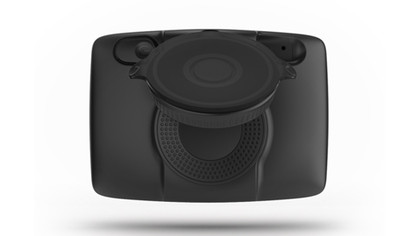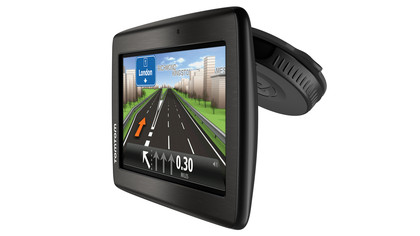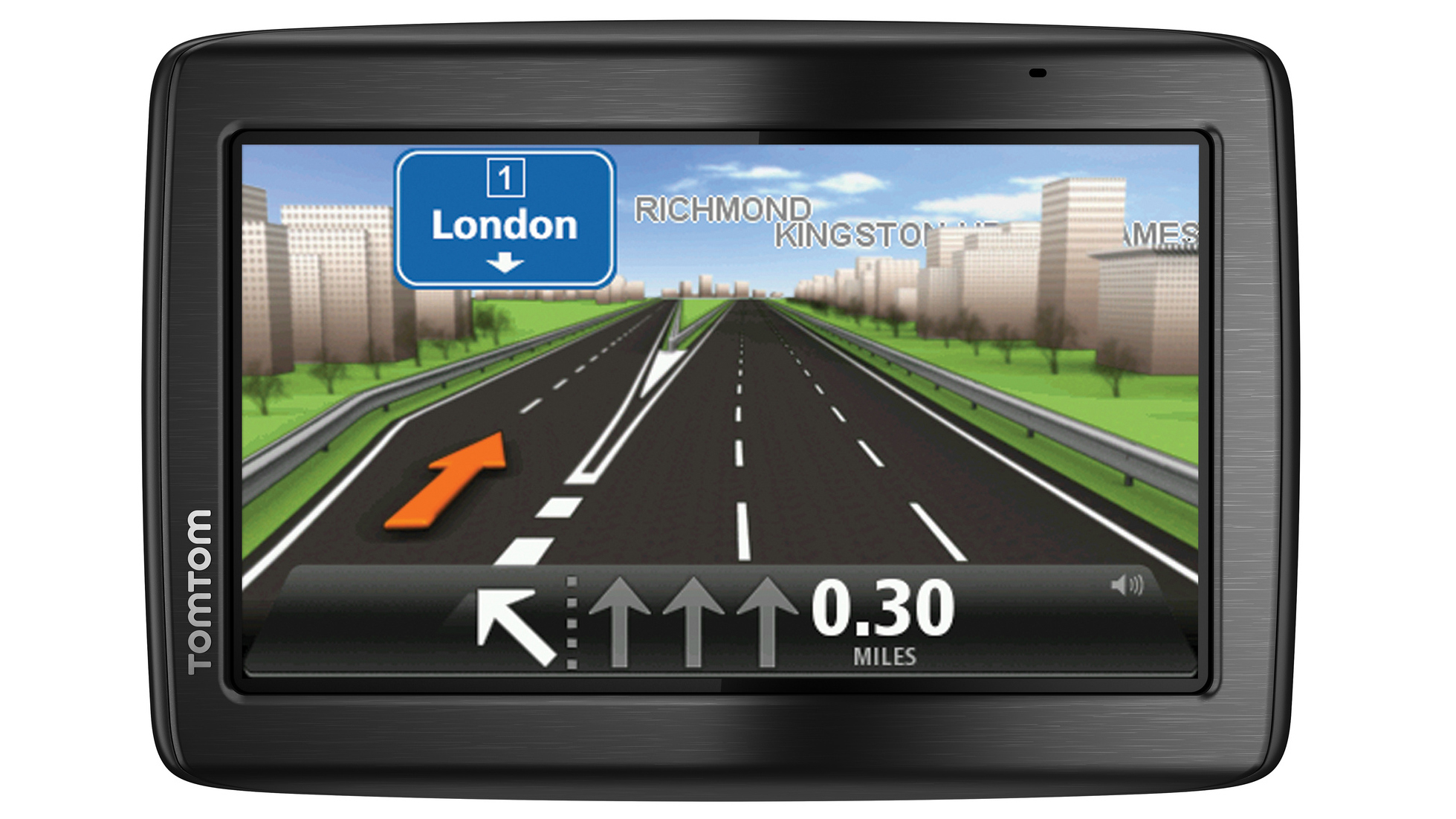Why you can trust TechRadar
The Speak & Go voice recognition is the main selling point of the TomTom Via 135, which makes it quite odd that you have to push a fairly small button on the main screen before you can start issuing commands. We're not quite at the point where we're realising fantasies of simply addressing the computer yet, then.
This is a subtle point, but this detracts from the notion of voice recognition in the car - if you have to reach across and take your hands off the wheel, then it isn't too far removed from the normal way of using a sat nav.

TomTom claims that Speak & Go supports up to a thousand commands, although realistically there's only a handful that you'll use regularly - such as "navigate to (an address)", "go to the nearest petrol station" and "where am I?" The TomTom Via 135 also asks you to confirm your entries, so you'll get used to stating a firm "yes", "no" and "back" quite a bit as well.
While you can string together long sentences, smaller chunks work better and have less chance of causing confusion, or being interrupted by the general background noise of the car. If you're driving the family, then you'll need to get acquainted with telling everyone in the car to be quiet while you talk to the sat nav.

This isn't quite natural speech territory, but it's still quite impressive when it does manage to understand what you've just said. This feels like we're at the start of the journey into speech recognition from our sat navs, rather than being well on the way.
It does take some getting used to the stilted way in which you have to communicate with the TomTom Via 135 for you to reach your destination, and it often feels like it's much simpler to enter your destination in more traditional ways. Thankfully, you can still navigate using touchscreen inputs, so at least you have several options for getting from A to B.

Somewhat bizarrely, you have to say the full address - house number, street and the city - you can't simply say the postcode, which is at odds with how you traditionally navigate in a car. Again, if all you know is the postcode of your destination, then you'll be setting this up by touch, not by the voice commands.
Apart from supporting voice recognition, the TomTom Via 135 can also be used as a hands-free kit for your phone. You'll need to set up a Bluetooth connection between your phone and the sat nav first, but once done the integration does make sense, because you'll be talking while driving.
The actual navigation offered by the TomTom Via 135 - priced at £149.99 (around $230) - is up to the usual standard that we've come to expect from TomTom. Journey times are accurate, routes tend to be logical, and the audio alerts and navigation are both excellent.
